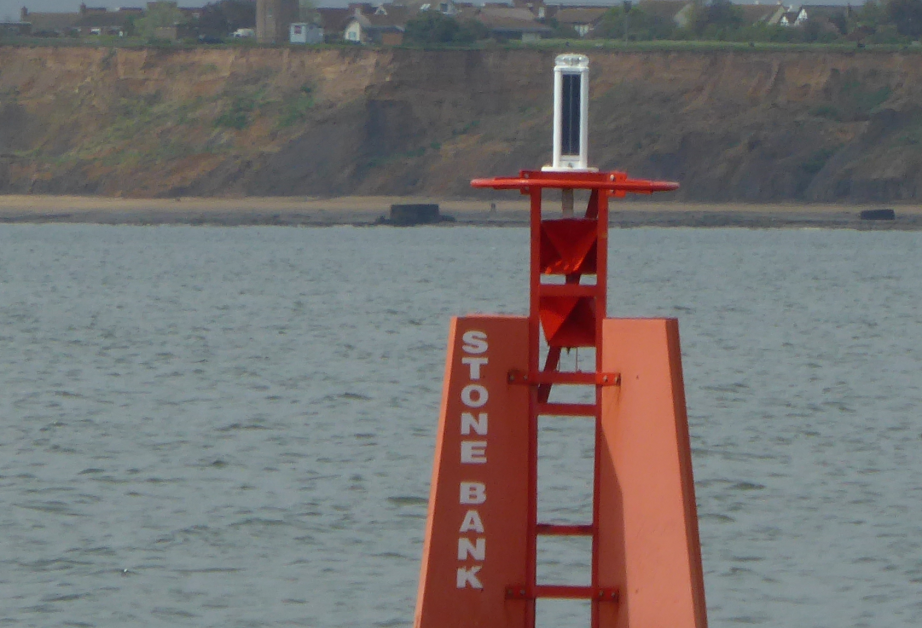Also see Elevation and Depth data.
Walton on the Naze is the standard port for our part of the East Coast despite the major port being Harwich. Times and heights are similar between the two ports but with Walton having slightly greater heights. Tide readings and tables for thirty years ahead are available from the PLA website and these data have been used in this analysis of how the tide varies.
The data from May2022 to July 2024 has been analysed. Ideally a full 18-year cycle should be used. There are slightly different values from NTLSF, IMRAY charts and PLA.
| IMRAY | PLA data analysis | |
| Highest HW | 4.6 | |
| MHWS | 4.2 | |
| Average HW | 3.9 | |
| MHWN | 3.5 | |
| Lowest HW | 3.1 | |
| MSL from ranges | 2.28 | 2.4 |
| Highest Neap LW | 1.7 | |
| MLWN | 1.1 | |
| Average LW | 0.8 | |
| MLWS | 0.4 | |
| Lowest LW | 0.0 | |
| Max Range | 4.5 | |
| Spring Range | 3.8 | |
| Average Range | 3.05 | 3.1 |
| Neap Range | 2.3 | |
| Min Range | 1.5 | |
The daily advance in time between HW1 to HW2, is, on average, 50 minutes. However, this can be as short as 28 minutes, when the tide is priming from Neap to Spring, or as low as 103 minutes when the tide is lagging from Spring to Neap. The shorter intervals are on when the Moon is in the first and third quarters (Priming) and the longer intervals when near Full and New Moon (Lagging).
The duration between HW1 to HW1 next day is, on average 12hours 25minutes. However, this can be 18 minutes less or 41 minutes more.
There are about 705 High Waters in a year.
Spring Tides relative to the Moon
The Spring tide occurs some time after the Full or New moon. Analysis of Walton on the Naze Tides (2022 to 2030) reveals that this delay varies between
Full and Change
Until the early twentieth century tides were reckoned from the New and Full Moons. Charts gave an ‘Establishment’ of a port that indicated when HW occurred relative to Full and Change (F&C). Using daily adjustments the tide of any day could be worked, albeit roughly.
